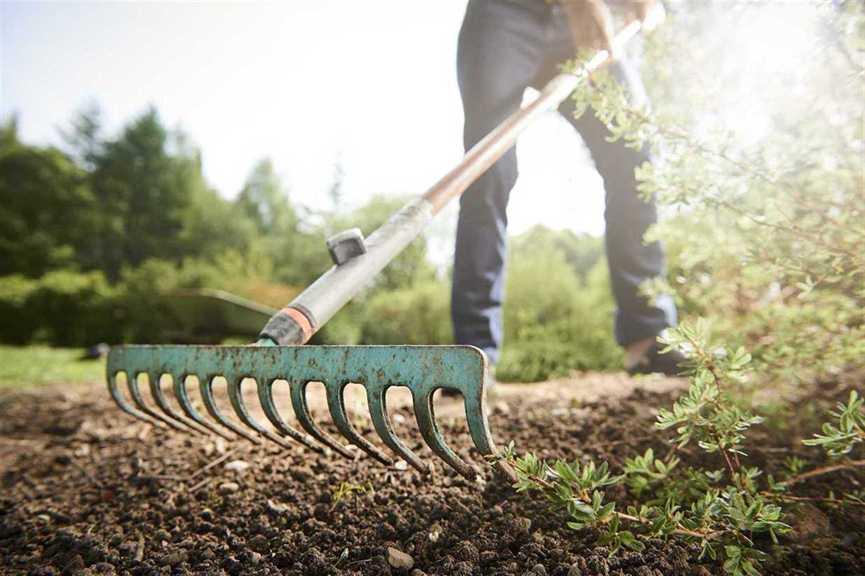Top dressing refers to the application of an even layer of compost or granulated organic materials over the garden bed just before planting begins. Because it’s organic, top dressing makes the soil much richer, giving you healthier plants while making it a great alternative to modern fertilizers.
 This thin layer of application will also level a yard that has depressions. Typically, ¼ an inch or less of the composite is spread across with shovels. Then with rakes, it’s worked down into the thatch and washed in using sprinklers, allowing it to settle on its own. With the growing popularity of organic lawn care, top dressing has earned its mileage for more reasons than just filling depressions in lawns.
This thin layer of application will also level a yard that has depressions. Typically, ¼ an inch or less of the composite is spread across with shovels. Then with rakes, it’s worked down into the thatch and washed in using sprinklers, allowing it to settle on its own. With the growing popularity of organic lawn care, top dressing has earned its mileage for more reasons than just filling depressions in lawns.
Improves Soil Biology
Over time, nutrients in the soil get depleted which leaves the grass starving, making it prone to drought, insects, and weeds. You cannot expect to have a lush lawn if the soil nutrients have dissipated, and this is where top dressing comes in. By adding organic matter into the soil, top dressing helps improve the soil’s biology.
Continued application of top dressing allows nutrients from the top layer to work their way deeper into the soil, enriching it. It literally adds some fresh life back into your soil. Besides, because top dressing materials are made up of living soil, it not only adds nutrients to the lawn, but also adds billions of microorganisms that contribute trace elements to the soil and unlock other nutrients.
Reduces Thatch
Thatch is an organic material made up of an accumulation of roots of grass and partly decomposed stems. This tight brown accumulation will be found right above the soil line in turf. The problem with excessive accumulation of thatch is that it provides a favorable environment for pests and disease. Thatch can be caused by many things including poor soil conditions, compacted soils, and reduced microorganisms.
Since core aeration is one of the best methods to control thatch, top dressing comes into play as a preventative measure. Top dressing introduces microorganisms as aforementioned and this ultimately improves soil aeration. Again, since top dressing generally improves the soil’s overall condition, repeated applications improve the lawn’s roots systems which significantly reduces thatch.
Modifies Soil Profile
Top dressing can also be used to modify the soil profile where need be. As soil weathers, the profile becomes compromised and the soil’s profile is an important tool in nutrient management. A highly weathered, infertile soil has a light-coloured layer in the subsurface soil, an indication that nutrients have dissipated. On the other hand, the subsurface of highly fertile soil contains high amounts of organic matter. Although it may take multiple applications and several years, top dressing can be used to modify the soil’s profile.
When used to modify soil profile, the choice of top dressing materials must differ from the composition of soil to which it is applied. For instance, to change the profile of soils with high clay content, top dressing containing sand and organic material can be applied. Over time, the lawn’s soil will have improved water, air, and fertilizer absorption. Changing the soil profile, however, is an intricate process that requires knowledge so consulting a lawn expert is an absolute must because done improperly, results will be detrimental to the health of the lawn.
For more information on lawn care and landscaping in Winnipeg, give us a call at (204) 960-0246, or better still, fill the contact form and we’ll get back to you within one business day.


